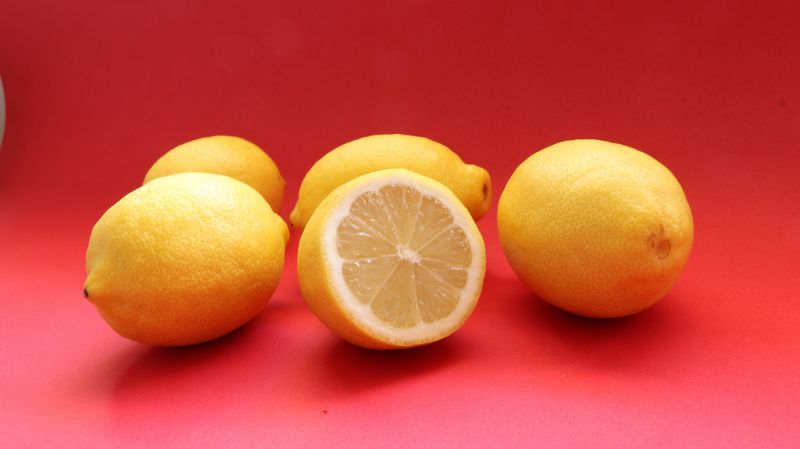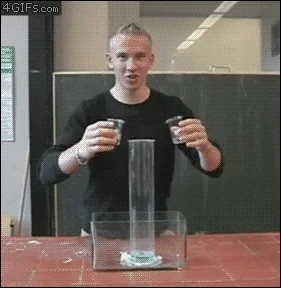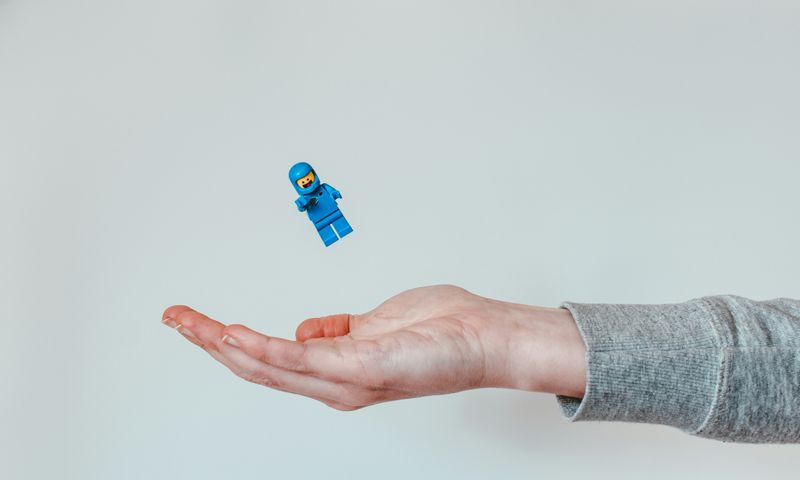
This logo isn't an ad or affiliate link. It's an organization that shares in our mission, and empowered the authors to share their insights in Byte form.
Rumie vets Bytes for compliance with our
Standards.
The organization is responsible for the completeness and reliability of the content.
Learn more
about how Rumie works with partners.
I'm thinking of an object you might have at home. Can you guess it?

Its juice is acidic.

Did you guess it?
It's a lemon!
 Photo by Auguste A on Unsplash
Photo by Auguste A on UnsplashYou might not realize it, but you used some of the lemon's physical and chemical properties to identify it.
Learn a little more about these key properties of materials to help you succeed in science class.
Physical Properties of Materials

Intensive and Extensive Properties of Materials

Whether we have a whole lemon or a small wedge, it will still smell like lemon. The smell is an intensive property because it's the same whether the piece of lemon is big or small.
A wedge of lemon weighs less than a whole lemon does. This extensive property changes when the samples are of different sizes.
Did you know?
Lemon's smell comes from limonene, a volatile compound that evaporates at room temperature, making it easy to smell.
Chemical Properties of Materials

Some examples of chemical properties include:
Being acidic or basic
Flammability
Reactivity at room temperature — whether it will react with water or air at typical temperatures
Oxidation — the ability to react with oxygen

Our lemon can oxidize. If we leave it on the counter for days, it will react with oxygen and turn brown.
Quiz
Which of these is a chemical property?
The ability to oxidize is a chemical property. When a material reacts with oxygen it makes a new material. Its volume, density, and luster are all physical properties we can observe without changing what the material is made of.
Physical Changes
When you're trying to understand the chemical and physical properties of materials, discussing the changes to those properties can be helpful.
When you make a physical change to an object, its chemical composition stays the same, but something about its size or appearance changes.
 Some physical changes we could make to our lemon are:
Some physical changes we could make to our lemon are:
Color — paint it blue 🎨
Size — chop it in half 🔪
Temperature — cool it in the refrigerator 🌡️
 Photo by John Vid on Unsplash
Photo by John Vid on UnsplashThe lemon is still a lemon after all these changes. It hasn't become something new. That's how we know the properties we changed are physical, not chemical.
Chemical Changes
Chemical changes result in new substances. Chemical properties of materials are affected by chemical changes. If you're trying to identify a chemical property of an object, it might be easier to think about how changing the property would affect the material.

Some chemical changes we could make to the lemon are:
Burning — lighting it on fire produces ash, water, and carbon dioxide.
Oxidation — letting the lemons react with air to become soft and brown.
 Photo by Jozsef Hocza on Unsplash
Photo by Jozsef Hocza on UnsplashChemical changes can't often be reversed. New substances have formed from the original lemon.
Summary
We've made a lot of changes to our lemon!

Let's review:
Physical Properties
Observed without changing the material
Can be intensive (don't depend on sample size) or extensive (depend on sample size)
Include size, mass, density, temperature
Chemical Properties
Testing them changes the chemical makeup of the object
Aren't easily reversed
Include flammability, oxidation, reaction with acid or base
Check Your Understanding

Devon is trying to figure out the physical and chemical properties of a wooden log they found in their shed by doing different tests. Could you identify the chemical properties that Devon tested? How they tried each is noted in parentheses.
Quiz
Identify the chemical properties:
Flammability, or the ability to burn, is the chemical property Devon tested. Color, density, and volume are all physical properties of the log. Changing these properties would not change the fact that the log is made of wood.
Take Action

Now, that's a chemical change for ya!
Apply what you learned about physical and chemical properties of materials:
This Byte has been authored by
Andrea Stewart
Learning Designer


